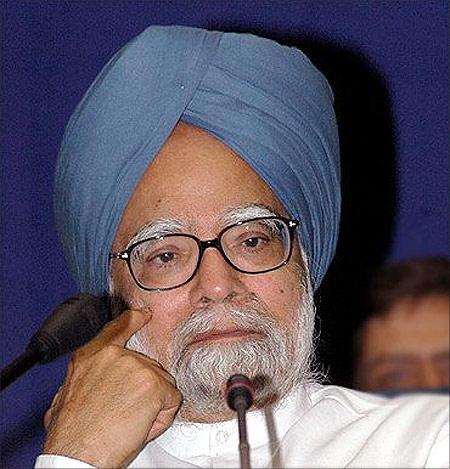
Last week, on October 29, the finance minister issued a statement laying out the government's road map for fiscal consolidation during the period of the 12th Five-Year Plan, 2012/13-2016/17.
Specifically, he committed that the fiscal deficit of the central government would be held at 5.3 per cent of GDP in 2012/13 and then reduced gradually to 4.8 per cent in 2013/14, 4.2 per cent in 2014/15, 3.6 per cent in 2015/16 and, finally, three per cent in 2016/17.
Among that tiny fraction of India's population interested in such matters there has been much ennui and cynicism expressed about this road map.
. . .
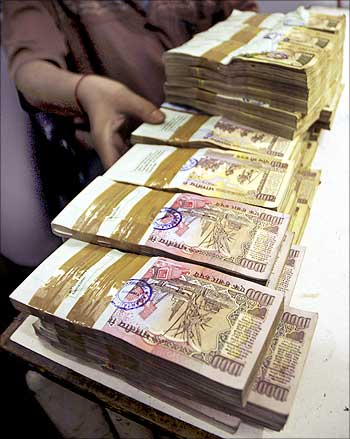
After all, they have seen many such fiscal plans announced and then ignored over the last few years.
Recall that the 13th Finance Commission laid out a road map three years back, which envisaged the central government deficit being reduced to three per cent of gross domestic product by 2013/14!
In the three Budgets presented since then by Pranab Mukherjee, the Commission's recommended trajectory was brushed aside and replaced by successive and increasingly weaker consolidation paths outlined in the accompanying, three-year medium-term fiscal policy statements, inconveniently required by the fiscal responsibility law.
Basically, these statements simply kept postponing the real fiscal consolidation required.
. . .
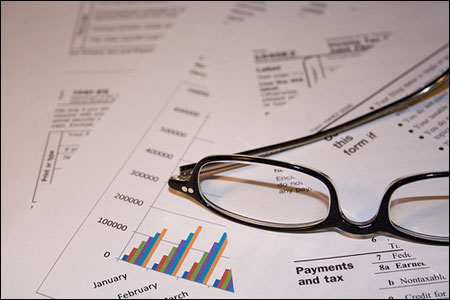
Nevertheless, I would suggest that Chidambaram's new road map for consolidation has to be taken seriously and evaluated accordingly.
It comes at a time when the country's economic situation has worsened seriously on every front: growth, inflation, external deficits and vulnerability, infrastructure bottlenecks and even governance.
Aside from many warnings by independent analysts (this author included) over the past three years, this September's Kelkar Committee report paints an authoritative and grim picture.
. . .
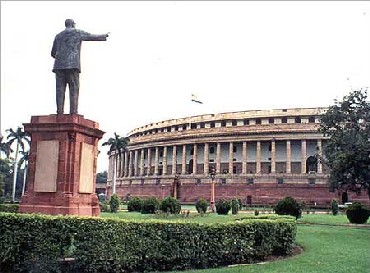
In his statement last week Chidambaram rightly emphasises the centrality of fiscal corrections to deal with the very difficult macroeconomic situation: "As fiscal consolidation takes place and investors' confidence increases, it is expected that the economy will return to the path of high investment, higher growth and long term sustainability."
Before turning to evaluate the realism of the new road map, it is pertinent to highlight one little-remarked perspective on the trajectory of fiscal deficits in India.
At least for the last decade, we have two different official series, one published by the Reserve Bank of India in its various publications and the other by the Prime Minister's Economic Advisory Council.
. . .
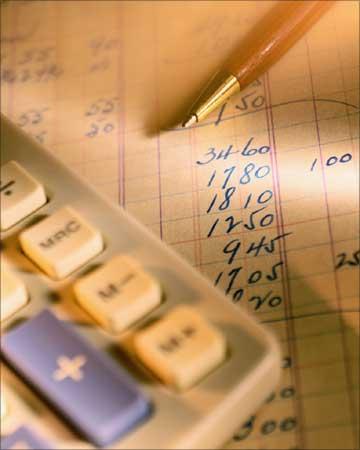
The numbers are pretty much the same except for the four years 2005/06 to 2008/09 (see table).
| TWO OFFICIAL ESTIMATES OF FISCAL DEFICITS (% of GDP) | ||||
| Year | Central government | Combined (central plus state governments) | ||
| (1) PMEAC 1_/ | (2) RBI 2_/ | (3) PMEAC 1_/ | (4) RBI 2_/ | |
| 2002-03 | 6.0 | 5.9 | 9.7 | 9.6 |
| 2003-04 | 4.6 | 4.5 | 8.7 | 8.5 |
| 2004-05 | 3.9 | 3.9 | 7.3 | 7.2 |
| 2005-06 | 4.7 | 4.0 | 7.3 | 6.5 |
| 2006-07 | 4.3 | 3.3 | 6.3 | 5.4 |
| 2007-08 | 3.1 | 2.5 | 4.7 | 4.0 |
| 2008-09 | 8.2 | 6.0 | 10.6 | 8.3 |
| 2009-10 | 6.6 | 6.5 | 9.4 | 9.4 |
| 2010-11 | 4.9 | 4.9 | 6.9 | 6.9 |
| 2011-12 (RE) | 5.9 | 5.9 | 8.2 | 8.2 |
| 2012-13 (BE) | 5.1 | 5.1 | 7.1 | 7.1 |
| 1_/ Economic Outlook 2012-13, Prime Minister's Economic Advisory Council (PMEAC), August 2012. Includes off-Budget liabilities 2_/ Reserve Bank of India (RBI) Handbook of Statistics on the Indian Economy, 2011-12, and Annual Report, 2011-12 | ||||
In each of those four years, and especially in 2008/09, the fiscal deficit of the Centre, as well as the combined one (Centre and states), cited by the PMEAC is significantly higher than that shown by the RBI.
The difference is that the PMEAC includes the substantial recourse to 'off-budget liabilities', mainly in the form of petroleum and fertiliser bonds, that was resorted to by the finance ministry (headed by the present minister), whereas the RBI series omits them. As I have pointed out elsewhere ("Oil Bonds are no solution", Business Standard, May 22, 2008), the PMEAC's more inclusive definition is better both for assessing the economic consequences of fiscal deficits and for keeping track of government debt.
. . .

The reason for digging up this recent history is that for fiscal consolidation to have the expected desirable consequences in terms of reduced inflation, higher savings and investment, higher growth and lower external deficits, the consolidation has to be real and not a product of clever accounting practices.
So we must hope that the current road map is referring to "real" fiscal deficits.
How realistic is the present road map?
Let's start with the current year, 2012/13.
As compared to the 5.1 per cent of GDP target in Mr Pranab Mukherjee's March Budget, the September report of the Kelkar Committee foresaw a deficit of 6.1 per cent of GDP on a 'business as usual' scenario, entailing grave and unacceptable consequences for the economy.
It went on to recommend a slew of corrective measures including: increases in prices of controlled petroleum products, fertiliser and foodgrain distributed from public stocks; full decontrol of sugar; a new system for accelerated disinvestment; postponement of the food security Bill; a detailed array of tax measures to raise the fallen tax-to-GDP ratio; and a substantial cut in Plan expenditures.
. . .

The mid-September price increases in diesel and LPG cylinders may reduce the fiscal deficit by 0.2 per cent of gross domestic product.
Chidambaram's recent road map commends some of the Kelkar recommendations, with the notable exceptions of price increases in food and fertiliser and sugar decontrol.
Nor is there any mention of further increases in petroleum products or postponement of the food security Bill.
The statement does express confidence in meeting the Budget targets for disinvestment and 'non-tax receipts' (including Rs 40,000 crore or Rs 400 billion of telecom 2G spectrum auction proceeds).
Consider the following facts.
. . .
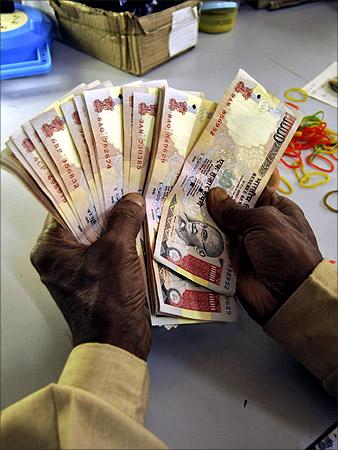
First, by end September the government's tax receipts amounted to less than 40 per cent of the year's Budget target.
Second, to date not one rupee of the Rs 30,000- crore (Rs 300-billion) disinvestment target has been realised.
Third, detailed analyses in the October 30 and November 6 issues of this paper suggest that spectrum auction receipts may fall short by as much as 50 per cent of the anticipated Rs 40,000 crore (Rs 400 billion).
Fourth, the political likelihood of price increases in fertiliser and food and sugar decontrol looks pretty low.
. . .
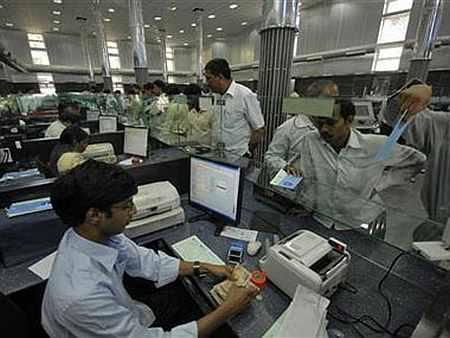
Fifth, there seems to be some back-pedalling in implementing the LPG cylinder cap scheme announced in September.
Against this background it is hard to see how the fiscal deficit can be significantly lower than the 6.1 per cent estimated by the Kelkar Committee.
A reasonable guess might be around 5.8 or 5.9 per cent of GDP, well above the 5.3 per cent stated in the minister's road map.
This, of course, assumes the absence of novel accounting practices of the petro-bond kind.
Quite apart from the additional borrowing that the government will have to undertake (perhaps Rs 60,000 crore or Rs 600 billion to Rs 80,000 crore or Rs 800 billion more than the Budget estimate) and its negative consequences, the real problem is that such an outcome will indicate a total failure of fiscal consolidation in 2012/13.
. . .
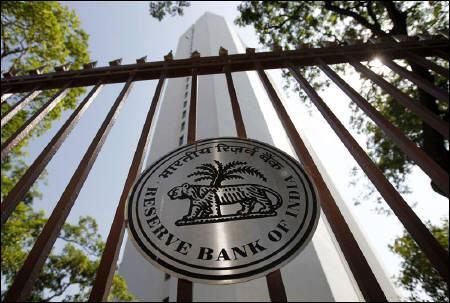
Furthermore, if this happens, it will make the deficit targets for subsequent years, especially the pre-election year of 2013/14, look seriously infeasible.
None of this should be surprising, given the gigantic jump in government spending in 2008/09 in the form of pay increases, subsidies and entitlement programme expansions. Stimuli they certainly were, but not of an easily reversible kind!
So, despite all earnest government statements to the contrary, 2012/13 may well see a combined fiscal deficit of around eight per cent of GDP. . . just like 2011/12.
And maybe 2013/14 as well?
In the absence of fiscal correction, we should lower our hopes for an early revival of investment and growth.
The author is an honorary professor at Icrier and a former chief economic adviser. These views are personal